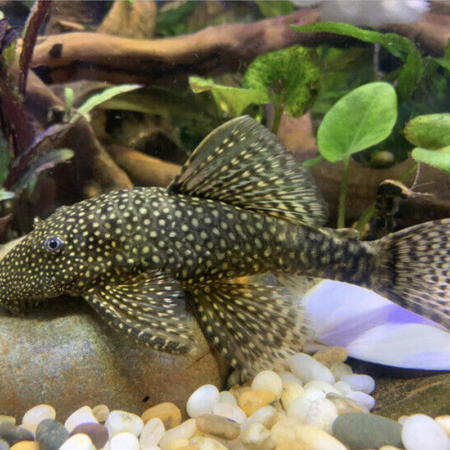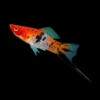To provide the best experiences, we use technologies like cookies to store and/or access device information. Consenting to these technologies will allow us to process data such as browsing behaviour or unique IDs on this site. Not consenting or withdrawing consent, may adversely affect certain features and functions.
The technical storage or access is strictly necessary for the legitimate purpose of enabling the use of a specific service explicitly requested by the subscriber or user, or for the sole purpose of carrying out the transmission of a communication over an electronic communications network.
The technical storage or access is necessary for the legitimate purpose of storing preferences that are not requested by the subscriber or user.
The technical storage or access that is used exclusively for statistical purposes.
The technical storage or access that is used exclusively for anonymous statistical purposes. Without a subpoena, voluntary compliance on the part of your Internet Service Provider, or additional records from a third party, information stored or retrieved for this purpose alone cannot usually be used to identify you.
The technical storage or access is required to create user profiles to send advertising, or to track the user on a website or across several websites for similar marketing purposes.


















Emily Carter (verified owner) –
I recently purchased the 10 X Assorted Swordtails and I couldn’t be happier! As a passionate aquarium hobbyist, I always prioritize the well-being and happiness of my fish. These Xiphophorus Hellerii arrived just under a week ago and they have adjusted beautifully to their new home. The colors are vibrant, especially the males with their striking tails, which really brings my freshwater tank to life.
One of the things that sets these swordtails apart from others I’ve had is how active and social they are. I’ve noticed them schooling together and interacting with the other fish, which adds so much more personality to my aquarium. In terms of size, they are perfectly proportioned for a standard 30-gallon tank, and they seem to thrive in the warm conditions I’ve set up.
I do recommend ensuring you have a good filtration system, as they do appreciate clean water. But honestly, if you love tropical fish, these swordtails are fantastic! I would recommend them to both beginners and experienced aquarists looking to add some life to their tanks. Overall, I’m thrilled with my purchase and will definitely buy again!
Emily Carter (verified owner) –
I recently purchased 10 assorted Swordtails, and I couldn’t be happier with my decision! As a caring fish parent, I truly appreciate how vibrant and lively these freshwater fish are. After just two weeks in my community tank, they’ve adapted beautifully and brought so much color and energy to the aquarium. I love observing their interactions with other tank mates, which include guppies and tetras; they thrive in this peaceful setting. Their playful nature and beautiful fins really stand out. Compared to other livebearers I’ve kept, these Swordtails are notably more active and social. One minor concern was that a couple of them were slightly shy at first, but with plenty of hiding spots and plants, they quickly became confident swimmers. I highly recommend these tropical fish for anyone looking to add a splash of life to their tank. Whether you’re a beginner or an experienced aquarist, these Swordtails will definitely brighten your day!